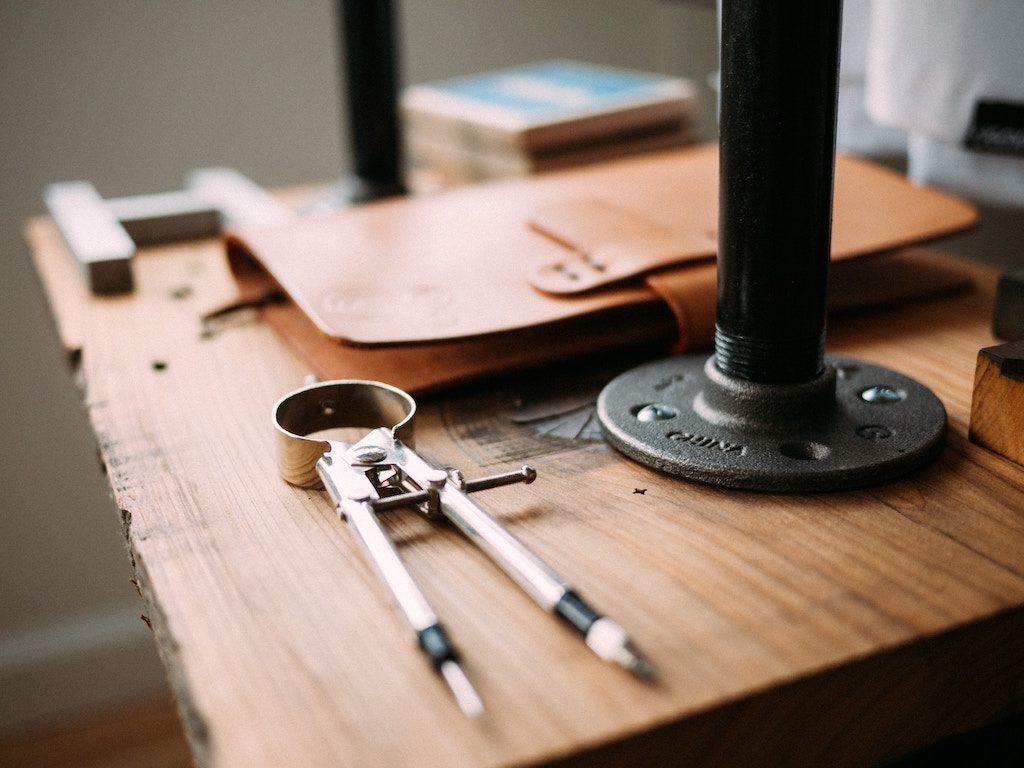How AGEC Law Will Impact Brands
A new environmental legislation, AGEC (Anti-Waste for a Circular Economy”), which aims to fight waste, preserve natural resources, and eliminate brands from leveraging misinformation regarding environmental benefits, was implemented on January 1st of this year in France. In an effort to fight “Greenwashing,” rules surrounding definitions of recyclability and traceability will be instated. “Greenwashing” refers to brands making misleading claims about their products in order to encourage consumers to believe they are making a greater positive impact on the environment when, in some cases, no such impact is being made. In order to claim positive environmental impact, brands will now be subject to much more specific requirements. Furthermore, in some cases, brands will be required to make claims that illustrate the damage done to the environment due to their use of harmful materials, if applicable. Though this law may likely only affect a certain percentage of companies’ products, brands of all kinds can use this law as an opportunity to revisit their commitment to being eco-responsible.
The Value of the Circular Economy
The concept of a circular economy is one that is based on the reuse and regeneration of materials to carry out production in a sustainable or more environmentally friendly way. The luxury industry will especially be impacted by the implementation of this law, as it impacts the regulations surrounding the waste generated by producing clothes, shoes, and accessories.
The luxury market is striving to meet increasing expectations regarding sustainability. The world’s most famous French luxury brand is selling its excess items to upcycling companies at a cost to the luxury house. A pair of shoes can cost around $20 to upcycle.
Due to the growing demand for environmentally friendly practices, brands can use AGEC to examine their behavior around sustainability rather than see it as a constraint. This initiative can be an opportunity to leverage a sustainable model to tap into new markets and drive profit. Sustainable practices appeal to a massive market of stakeholders who are environmentally conscious, unlocking significant value for business growth.
Ateliers AME: A Sustainable Model of Gifting
With the values of both quality and sustainability at its core, Ateliers AME has always been a leader in the realm of circular production. In partnership with skilled artisans and craftsmen who share these values, Ateliers AME has been able to produce quality, impactful products while adhering to an environmental commitment.
As part of its commitment to sustainability, Ateliers AME began a special initiative to bring a second life to excess scraps and materials from luxury workshops. Over the years, Ateliers AME has partnered with many brands to fulfill this initiative, such as Maison Moreau, transforming excess materials into new items and setting the standard in recyclability and traceability in the world of luxury. Ateliers AME has cultivated direct relationships with these world-renowned luxury brands, allowing it to produce items that meet the quality demands of its clients while minimizing their environmental impact.
Globally, Ateliers AME’s Workflow represents its commitment to reducing its overall footprint, including types of energy used, production methods, packaging and transport, quality control of products resulting in less waste, and selection of materials based on recyclability.

